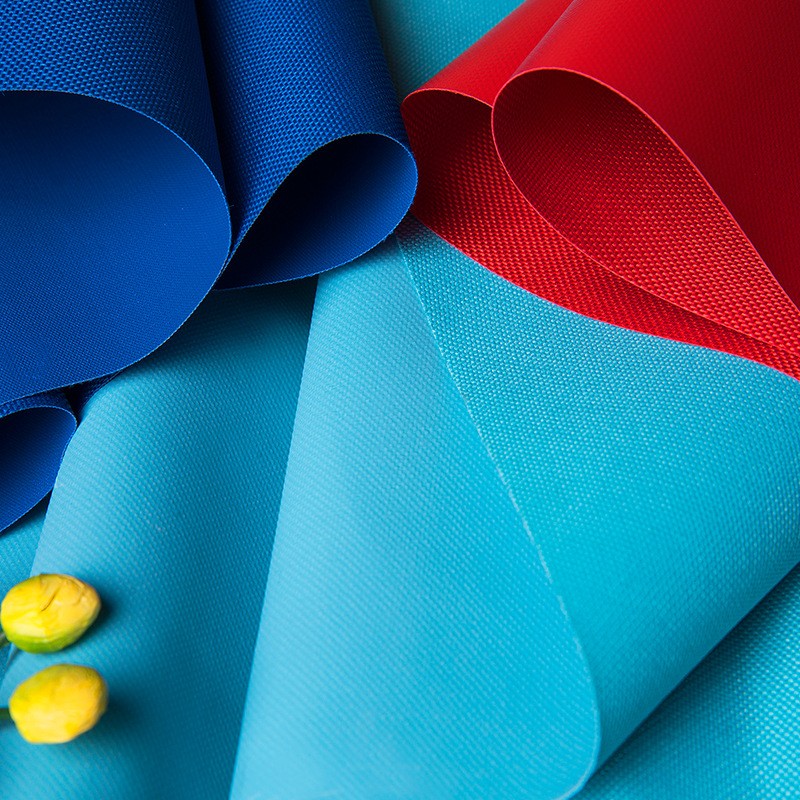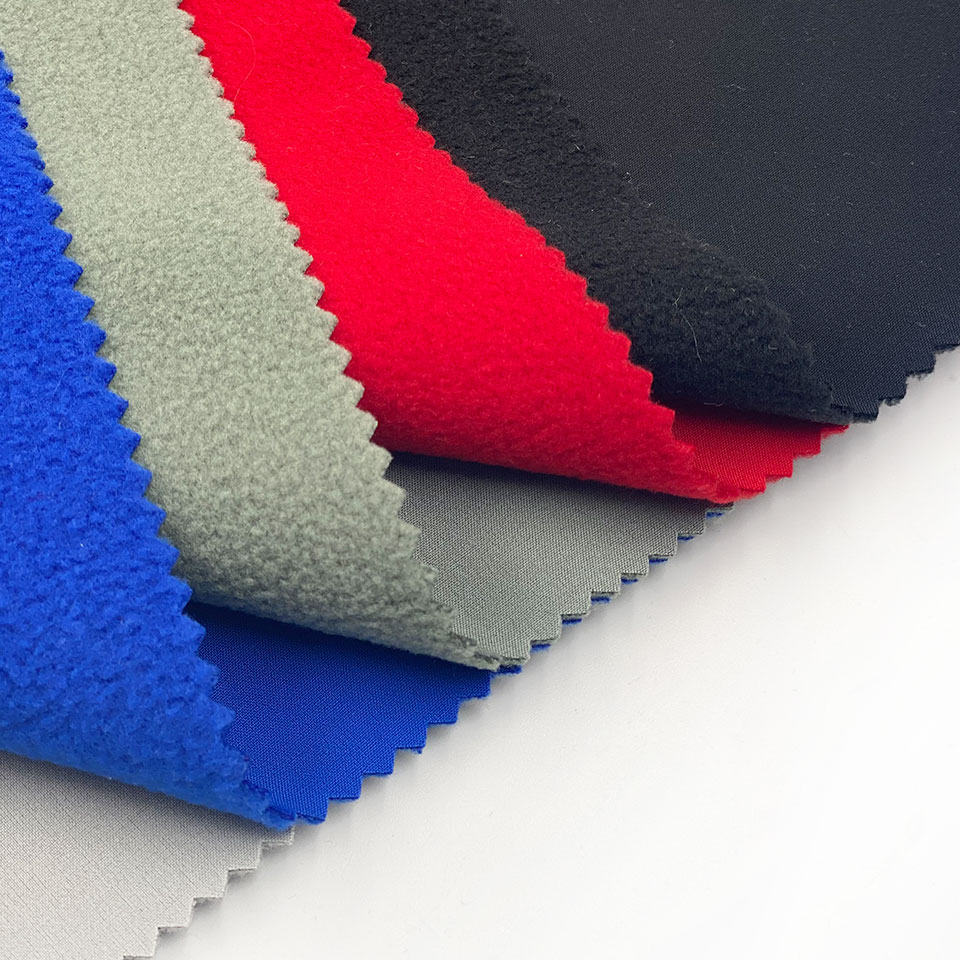Composite fabric is a new type of material made of one or more layers of textile materials, non-woven materials and other functional materials by bonding and lamination. It is suitable for sofa, clothing and other textiles, and is one of the indispensable fabrics for people's home life.

Double-layer composite fabric
Double-layer laminated fabric is made by laminating the outer fabric with TPU and PTFE film.
Soft handfeel, wear-resistant, tear-resistant, good color and luster, with excellent waterproof, breathable, windproof effect and long durability.
When using double-layer composite fabric to make clothes, you need to hang lining, or with fleece warm layer clothing, as a jacket.
Three-layer composite fabric
Three-layer composite fabric is made of outer layer fabric, e-PTFE film and lining warp knitting mesh.

It is light to the touch, tear-resistant, wear-resistant, good color, excellent waterproof, windproof effect, better breathability and long durability.
Three-layer composite fabric with special technology and equipment will be 100% pure polyester thickened high strength non-woven fabric and polytetrafluoroethylene (PTFE) microporous film composite lamination, with virus barrier, antibacterial, anti-static, anti-blood infiltration, waterproof, moisture permeability, wind resistance, warmth, and a number of functions, and has the characteristics of wearing comfortable and lightweight. Anti-micro particle transmission rate of more than 90%, so that viruses and bacteria can not pass.
Features of composite fabric
The composite fabric applies the high technology and new material of "new combined fiber", which has many excellent properties (compared with ordinary combined fiber), such as fine, delicate, elegant and warm fabric performance, rich fabric appearance, windproof, breathable, with certain waterproof function, and its main feature is warmth and good breathability.
Good abrasion resistance, microfiber fabric feel soft, breathable, moisture permeable, so in the touch and physiological comfort, has obvious advantages, microfiber fabric wrinkle resistance is poor (this is because the fiber is soft, wrinkled elastic return poor); in order to overcome this shortcoming, so take the "composite" process, which greatly improves In order to overcome this shortcoming, so the "composite" process is adopted, so as to greatly improve the shortcomings of the microfiber fabrics poor wrinkle resistance.
Classification of composite fabrics
Composite fabrics are also divided into ordinary composite fabrics (fabric and lining materials are bonded by binder to improve the texture of the fabric, suitable for clothing processing process simplification and scale production) and functional composite fabrics (the composite fabrics have special functions such as waterproof and moisture permeability, radiation resistance, washing resistance and abrasion resistance).
The process of composite fabric
Internationally popular six kinds of composite process, namely, hot-soluble glue powder point coating composite process, hot-soluble glue paste point composite process, hot-soluble glue sprinkle powder composite process, hot-soluble glue double point composite process, polyurethane spraying composite process, polyurethane roll coating composite process composite fabric, is a newer type of fabric developed by the market, in short, it is two fabrics compounded together. Before the more common composite is suede fabric and wool composite, now can use any fabric together with the composite. The door width of the composite fabric is limited to the size of the two fabrics before lamination, which can generally reach 145CM.
Each batch of laminated fabrics should be effectively maintained, firstly, the reverse side of the fabric is laminated (the film is a transparent material similar to nylon film), bonded with chemical materials, and then into the maintenance treatment.
The longer the maintenance treatment time is, the better the fastness of the fabric bonding and the degree of integration of the adhesive.
The length of time it takes for the adhesive to fully integrate into the fabric and the film will also affect the effectiveness of the subsequent bonding to the front fabric.
Contact: Jeanne yang(MISS)
Phone: 13912652341
E-mail: [email protected]
Add: Room A2216/A2217,Double-Star Building,No 567 New South Middle Road, KunShan City JiangSu Province ,China.